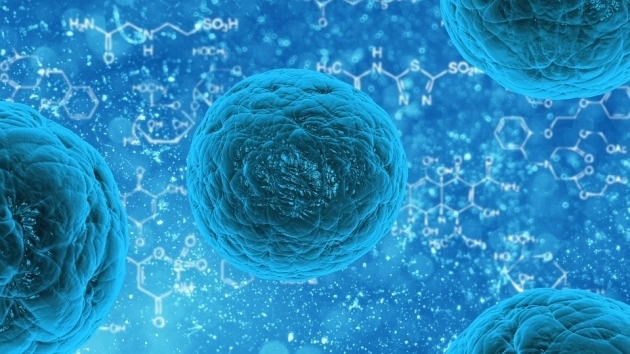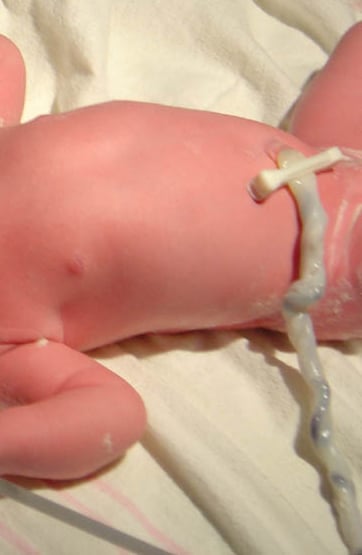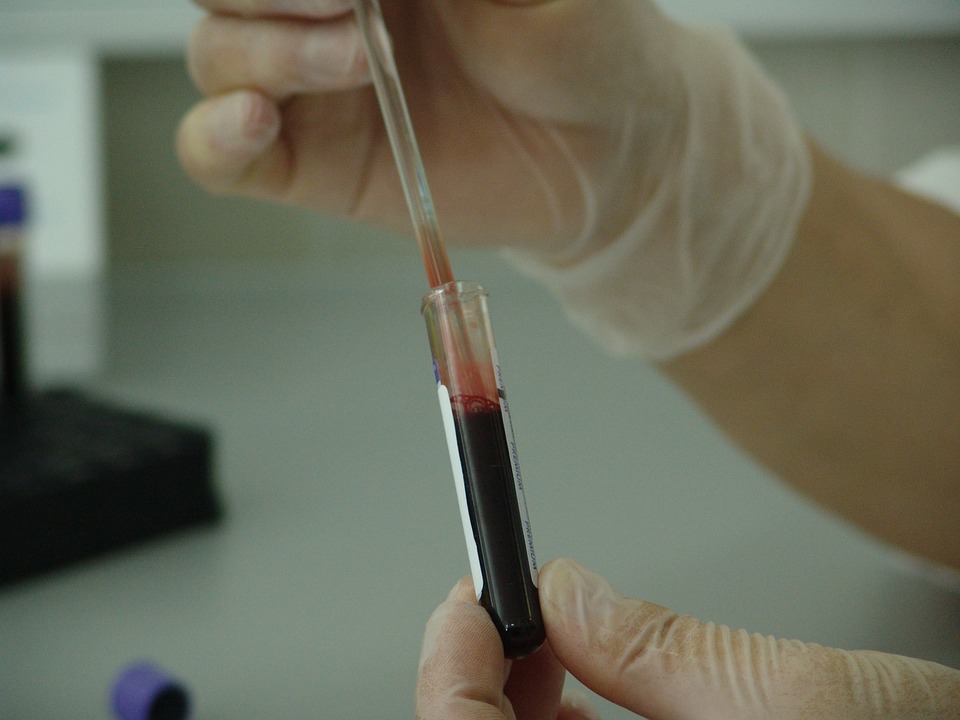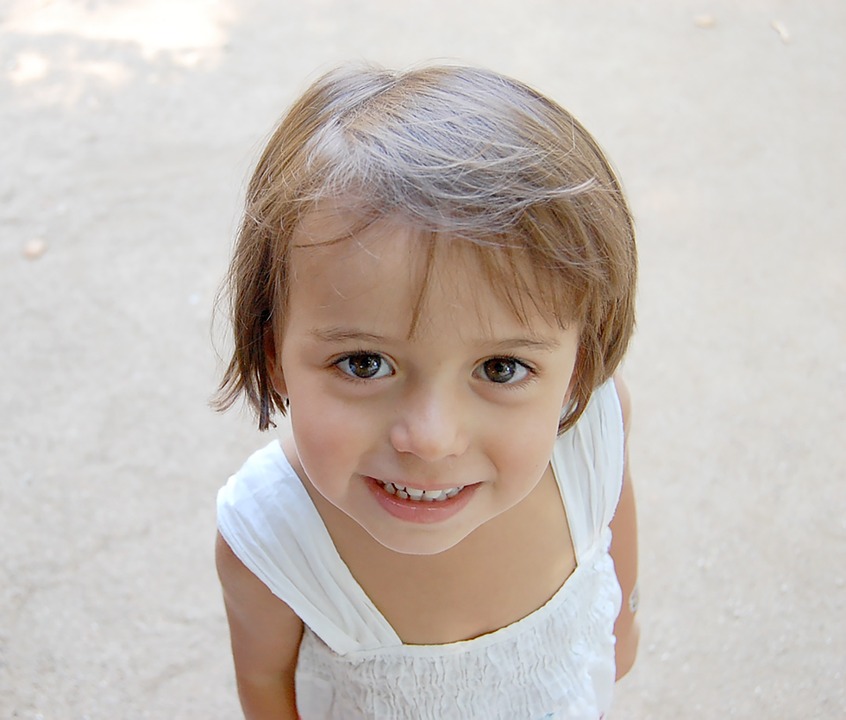Joint life insurance policy for couple...how beneficial?


The umbilical cord that connects the fetus to the mother's womb, supplies nutrients to the growing baby. Soon after delivery,doctors cut off the cord and discard it. However, it has come to light that the umbilical cord has valuable stem cells, which help in treating many diseases. It has hence become important for medical research in treatment of diseases.
The process of fertilisation of the oocytes (egg) with the sperm,developing into embryo and taking the form of a fetus, until it is delivered as a baby, is well known. In a fascinating process a single cell divides itself to form the organs and body parts. Research has revealed that stem cells play a vital part in this process.
 Types of stem cells
Types of stem cells
Stem cells are of three types: totipotent, pluripotent and multipotent.Totipotent cells help in fertilisation and the forming of the embryo.These cells help in developing organs like brain, liver, blood and heart. Totipotent cells continue to be produced even after the growthof the embryo into fetus and keep dividing until four days. Theresultant cells are called pluripotent cells.
Pluripotentcells or embryonic stem cells help in development of tissues. Furtherdivision of cells, forms two layers, with the one on the outsidecalled placenta the one on the inside called mass. The inner layer ormass develops into the fetus. The inner cells are tissues and thesehelp in the developing of limbs, with some support from the placenta.
Pluripotentcells further divide themselves and at this stage they are calledmultipotent cells. Pluripotent cells transform into blood cells, skincells and neurons (nerve cells), while multipotent cells furtherdivide them. For example, blood cells turn into red blood cells,white blood cells and platelets, with the help of multipotent cells.These can be seen in most adults as adult stem cells.
Theyare found in bone marrow, scalp, milk teeth of children, fat, blood,skin and muscles. But stem cells which are available in foetus,umbilical cord and blood in the umbilical cord are said to be vital.It has been proved that stem cells in milk teeth and bone marrow areuseful for treating certain diseases.
Treatments
Researchhas proved that stem cells help in revival of broken limbs. Stemcells are injected into broken or damaged limbs for their revival andgrowth. For example, some cells were destroyed in a human body.Injected intravenously, new stem cells replace the destroyed orinjured cells and ensure blood supply for revival.
Researchalso says that over 80 kinds of diseases, in various parts of thebody could be treated with the help of stem cells. Positive resultsare seen in alarming diseases like AIDS, Alzheimer’s, diabetes,heart ailments, liver ailments, muscular dystrophy, Parkinson’sdisease, brain and spine injuries, stroke and ovary problems withstem cell treatment. Research continues on the further use of stemcells.
 Stemcells are being used for the past many years in treatment of cancer(leukemia, lymphoma) and in bone marrow transplantation. The firststem cell transplant treatment took place in 1988. Cancerous tissuesare removed and stem cells are introduced to rebuild them. In case ofblood cancer, it is not much as replacing the red blood cells asintroducing stem cells into bone marrow, for producing fresh bloodcells.
Stemcells are being used for the past many years in treatment of cancer(leukemia, lymphoma) and in bone marrow transplantation. The firststem cell transplant treatment took place in 1988. Cancerous tissuesare removed and stem cells are introduced to rebuild them. In case ofblood cancer, it is not much as replacing the red blood cells asintroducing stem cells into bone marrow, for producing fresh bloodcells.
Thecancerous cells in blood cancer patients are removed throughchemotherapy, to prevent damage to other cells. This will help tomore healthy blood cells. In case, it is not so, then trasfusion ofstem cells extracted from bone marrow, blood or umbilical cord intothe circulation system, takes place. With this new blood is produced,with new stem cells and the chances of recovery of the patient aremore. In 2015, over 45,000 units of umbilical cord blood wascollected for transplantation. Stem cells collected from umbilicalcord are called haematopoietic cells.
Extensiveresearch is going on for treatment through stem cells collected fromumbilical cord, foetus and other parts. Diseases in blood and immunesystem could be treated with stem cells collected from umbilicalcord’s blood. Five such products are permitted by American Food andDrug Control Administration.
InParkinson’s disease, there is a loss of cells that produce achemical called Dopamine that is useful for neurotransmission. Stemcells from foetus were transfused into the body of a Parkinson’spatient and it was found that they produced Dopamine. Stem cellreplacement is like rebirth for patients of thalassemia, whootherwise depend on blood transfusion throughout their lives.
Diseasesthat can be treated through stem cells
Thalassemia,myelogenous leukemia, acute lymphoblastic leukemia, chronicmyelogenous leukemia, histiocytic neoplasm and othermyeloproliferative neoplasm, myelodysplastic syndrome, multiplemyeloma, plasma cell leukemia, systemic mastocytosis,waldenstrom'smacroglobulinemia, hodgkin's lymphoma, non hodgkin's lymphoma,langerhans cell histiocytosis, neuroblastoma, retinoblastoma,aplastic anaemia, chediak higashi syndrome, congenitaldyserythropoietic anaemia, diamond blackfan syndrome, digeorgesyndrome, Evans syndrome, Fanconi anaemia, Glanzmann'sthrombasthenia, ganthers, hereditary bone marrow failure syndromes,haemophagocytic lymphohistiocytosis, leukocyte adhesion deficiency,paroxysmal nocturnal hemoglobinuria, pure red cell aplasia, sicklecell anaemia, chronic granulomatous disease, common variableimmunodeficiency, cortilege, cartilage hair hypoplasia, reticulardysgenesis, severe combined immunodeficiency, Wiskott Aldrichsyndrome, adrenoleukodystrophy, Gaucher's disease, Horner syndrome,Hunter's syndrome, Krabbe disease, metachromatic leukodystrophy,osteopetrosis, Coleman and related diseases are being treated throughstem cell replacement, in developed countries.
 Diseasesin experimental stage
Diseasesin experimental stage
Stroke(paralysis) or traumatic brain injury due to the death of certainneurons. As a result limbs or other parts of the body that are undertheir control stop functioning. In an experiment in Scotland, stemcells were injected into the brain of a patient who suffered a strokewith satisfactory results in 2013. Researchers in Kings Collegerecreated teeth in mice in 2004, through stem cell therapy. The stemcells were used to grow a teeth bud that was planted in the jaw whereteeth began growing within three weeks.
Autism,brain tumour, cartilage repair, cleft palate, cerebral palsy, cransedisease, critical limb ischemia, diabetes type 1, epidermolysisbullosa, ewing sarcoma, graft vs host disease, hypoxic ischemicencephalopathy, hearing loss, HIV, ischemic stroke, lupus multiplesclerosis, myocardial infarction, ovarian cancer, rheumatoidarthritis, spine injuries, scleroderma, testicular tumour,Alzheimer's disease, amyotrophic lateral sclerosis, congenitalhydrocephalus, Huntington disease, liver cirrhosis, Parkinson’sdisease, and traumatic brain injury can be treated through stem cellreplacement.
Stemcell banks in India
Forcollecting stem cells, the umbilical cord and its blood have to beshifted to the lab within six hours of delivery. These are preservedin a tank of liquid nitrogen oxide gas, at -196 degrees temperatureuntil you need them.
Chargescollected by these organisations
Stemcell bankers charge Rs 50,000 to Rs 90,000 to keep them for 21 years.The charges are upto Rs. 1.20 lakh for lifetime preservation of thecells. In addition, Rs 5,000 to Rs 20,000 are charged as processingfee. Transcell Biologicals charges Rs 75,000 for preserving stemcells for 21 years and Rs 90,000 for storing umbilical cord. Theamount can be paid in annual installments of Rs. 3,000 to Rs. 4,000.To treat a limb weighing one kg, 10 lakh stem cells are needed. Forcollecting these stem cells, the company charges Rs 2,000 to Rs3,000.
LifeCell organisation offers a unique guarantee. In case it cannotprovide stem cells for those who saved the umbilical cord and bloodof their children, it arranges for stem cells from a public bank. Ifeven this is not possible, it will pay a penalty of Rs 20 lakh. StemSite India provides public and private stem cell bank services.Cryoviva India, Reliance Life Sciences, International Stem CellServices, Cry Save, Life Cell, Cord Care and scores of such banks arevying with each other to safeguard stem cells.
Stemcells of second child are also useful
Stemcells from the umbilical cord of a second child too are useful intreatments. Not only children but the entire family and others toocan use these cells. For this human anti leukocyte antigen test hasto be conducted and if 60 per cent of these cells match the others,they could easily be used.
Donateit and use it whenever it is needed
Umbilicalcord and its blood can be donated for use of others as well. They canbe bought back if necessary. Jeevan Blood Bank collects Rs 30,000 forsuch donated stem cells if the donors so need them. Additionally,they come free of cost to those whose annual income is less than Rs.5 lakh. Surprisingly, safeguarding stem cells needs no payment. Incase you want to donate stem cells (umbilical cord and blood), thenyou should inform the public donor bank prior to the delivery.
 Incase you fail to save the umbilical cord?
Incase you fail to save the umbilical cord?
Incase you failed to safeguard the umbilical cord, you can save themilk teeth of your child below 10 years of age. The mesenchymal stemcells in the teeth are similar to those in the umbilical cord.Stemade Biotech kind of organisations extend the dental stem cellbanking services. They collect one healthy milk teeth and collect thestem cells in it after various tests. Milk teeth too can be donated.
Availabletreatments
Stemcell transplant treatment in India is done only on a small scale. Thedoctors are taking up standard treatments with stem cells fordiseases like cancer and thalassemia. Doctors at Apollo Hospitals usestem cells in bone marrow for treatment of coronary artery disease ortransmyocardial laser revascularization treatment. Though expensivestem cell therapy is being used in treatment of Type II diabetes, inIndia, it has failed to show reliable results.
Standardtreatment for several diseases is possible through stem cellreplacement, with further research, experts said.
Allegations
Stemcell banks are employing corrupt methods of bribing doctors forcollection of stem cells. A doctor is paid Rs. 20,000 for referingone patient. Except blood cancer, thalassemia, sickle cell andmetabolic disorders, treatment to other diseases through stem cellsare still in experimental stage. The Food and Drug Administration(FDA) gave its nod only for blood related diseases.
Unfortunately,the treatment for genetic diseases is not possible at present,because the stem cells collected from people have the same kind of genetics. Moreover, banks fail to conduct proper tests before collecting stem cells. Moreover, there are doubts regarding the preservation of the stem cells in specified parameters as there is no inspection or supervision, experts said.



















